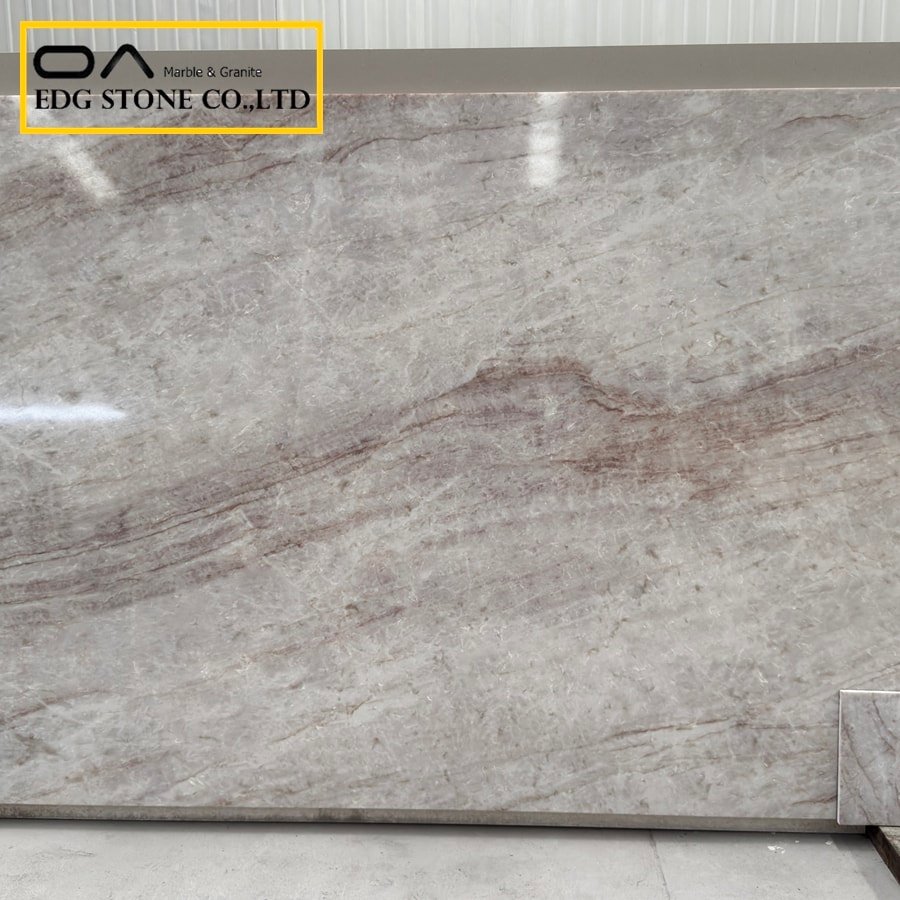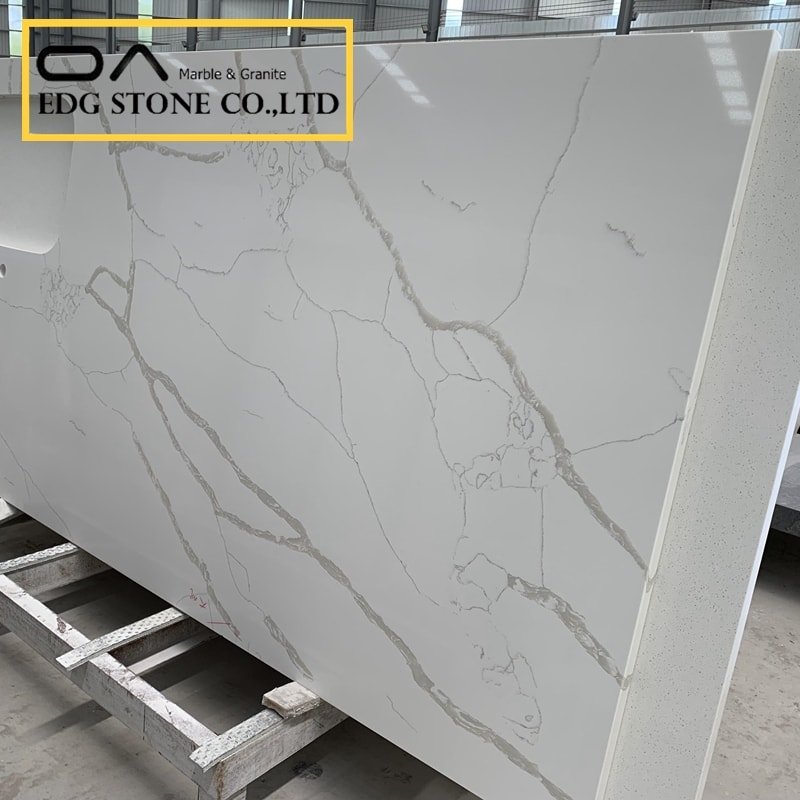In daily life, the most contacted and most frequently used plate in the family is the countertop in the kitchen. The choice of buying and making countertops is more critical. Quartz stone slabs are molded by virtue of the high hardness of quartz sand and high-frequency compression under vacuum conditions, so the quartz Board becomes the preferred surface material for cabinet countertops. What hidden dangers may exist in the production of artificial quartz stone countertops? How to avoid it during processing?
Like other material countertops, quartz stone countertops are also composed of countertops, water-retaining, hanging edges, basin holes, stovetop holes, gas pipe holes, and other major components. The biggest problem that may exist in these processes is edge chipping during cutting, and edge chipping is one of the reasons for table cracking. During transportation, it is forbidden for the plate to be impacted to cause later cracking and to avoid opening holes on the spot.
Let’s first look at the precautions for cutting, splicing, and hole making. Before cutting the material, check whether there is any color difference between the two plates used, so as not to affect the appearance of the countertop after installation. Splicing is a more important link, especially to achieve seamless splicing. Try to avoid the use of marble glue, and it is recommended to use resin glue that matches the plate for the splicing joints (need to be prepared by the quartz stone manufacturer or specified by the manufacturer)
Let’s look at the opening again. After the countertop is processed, many people will usually choose the factory opening. It is worth noting that the opening should be rounded corners. Right-angle openings are likely to have a great impact on the late cracking of the countertop! Watermill should be used for polishing on both sides of the splicing seam, as far as possible to be consistent with the surface brightness of the board; the polishing is not meticulous, and the dust in the polishing area may become dirty and dirty over time, which is difficult to clean; it affects the appearance of the table.








